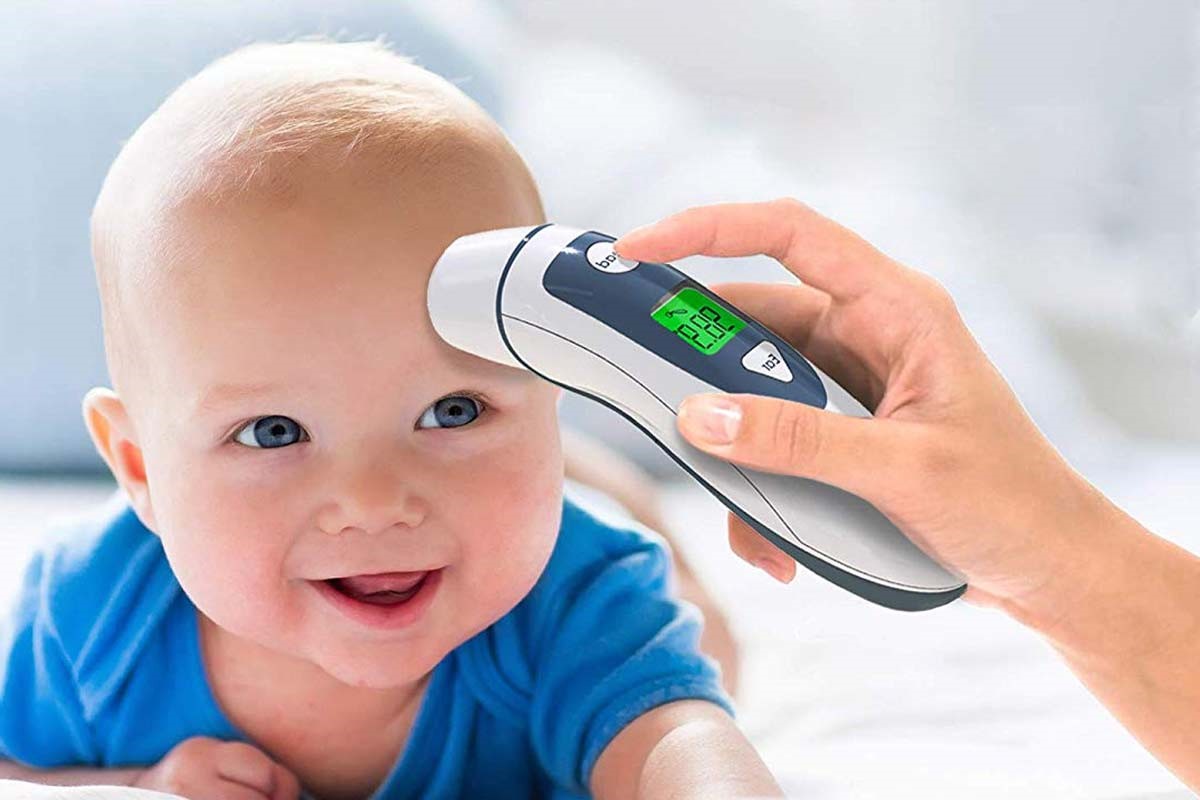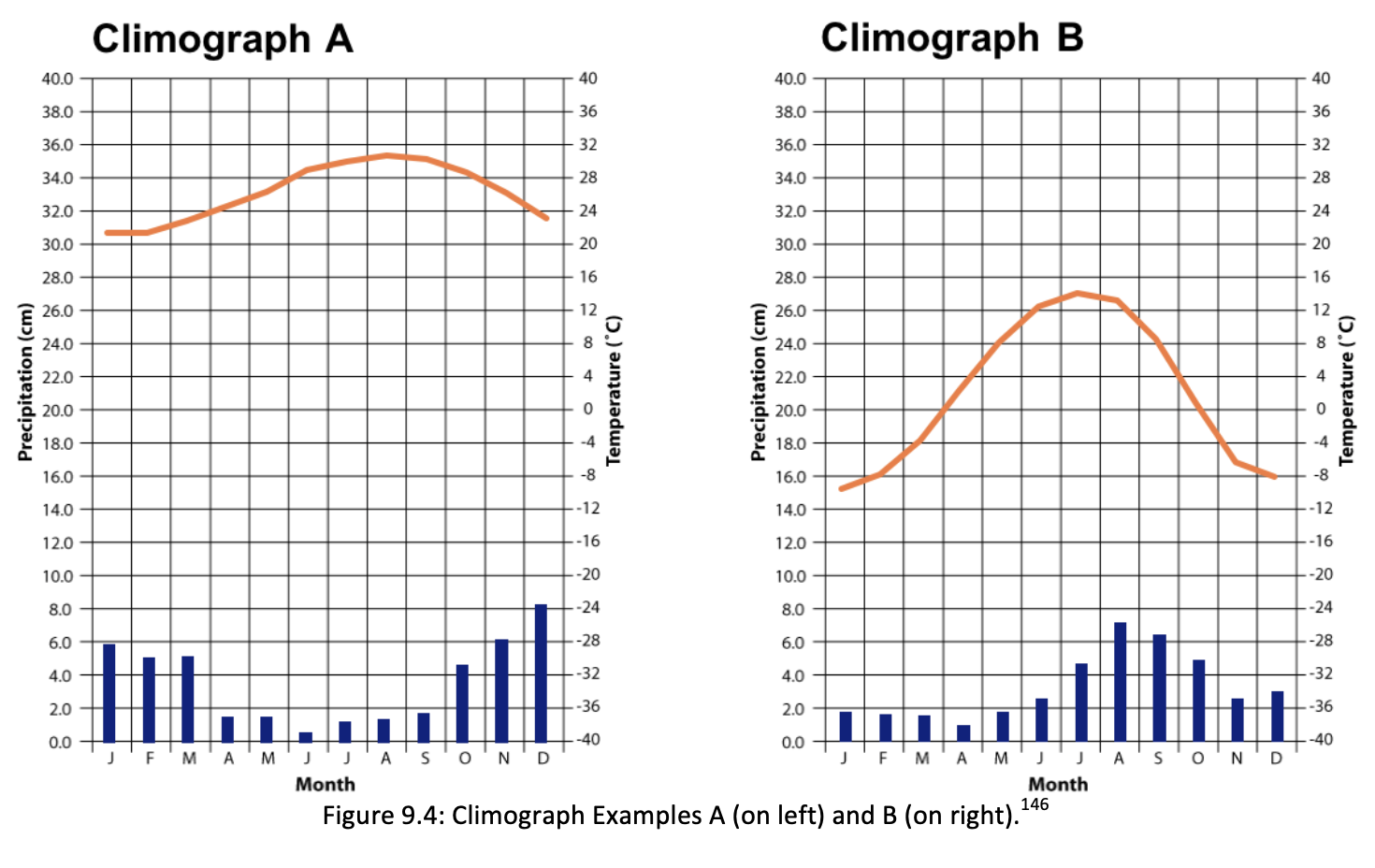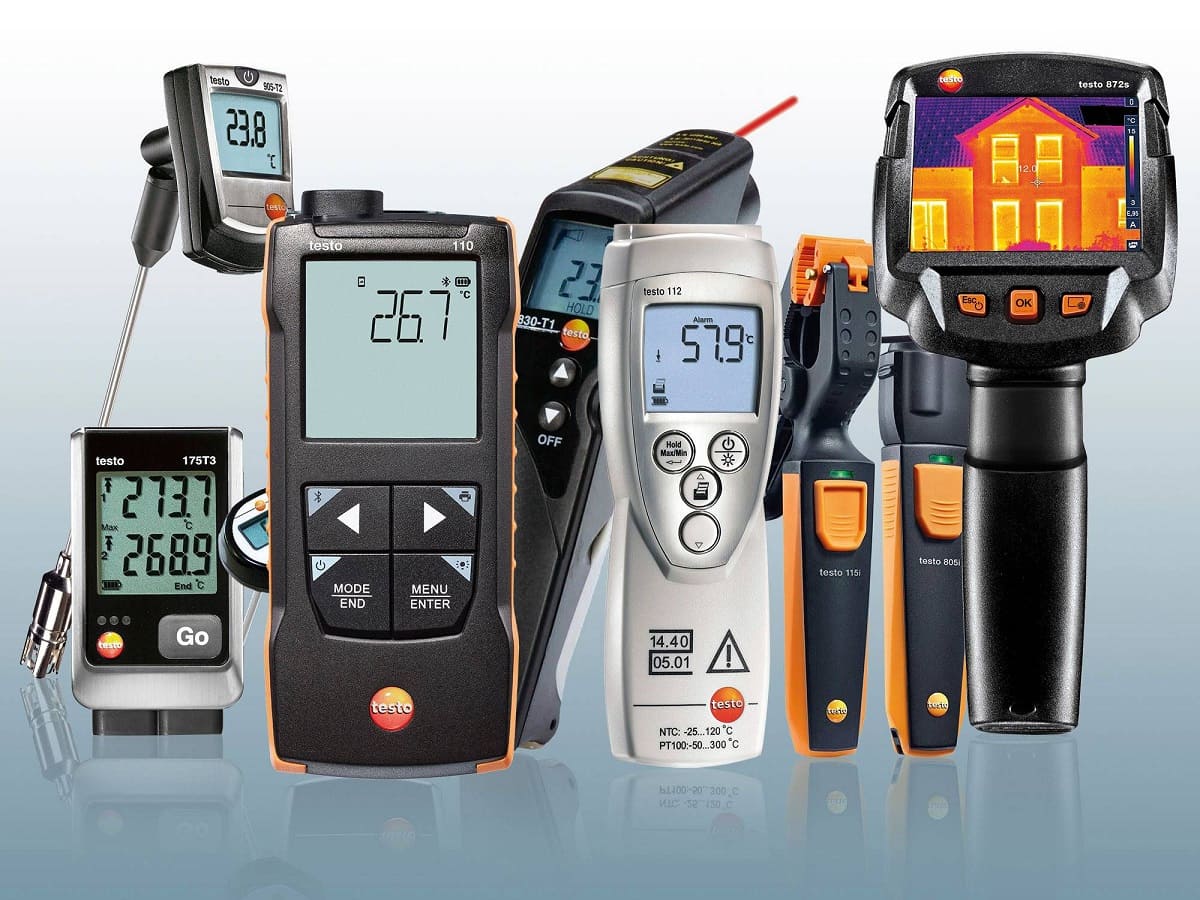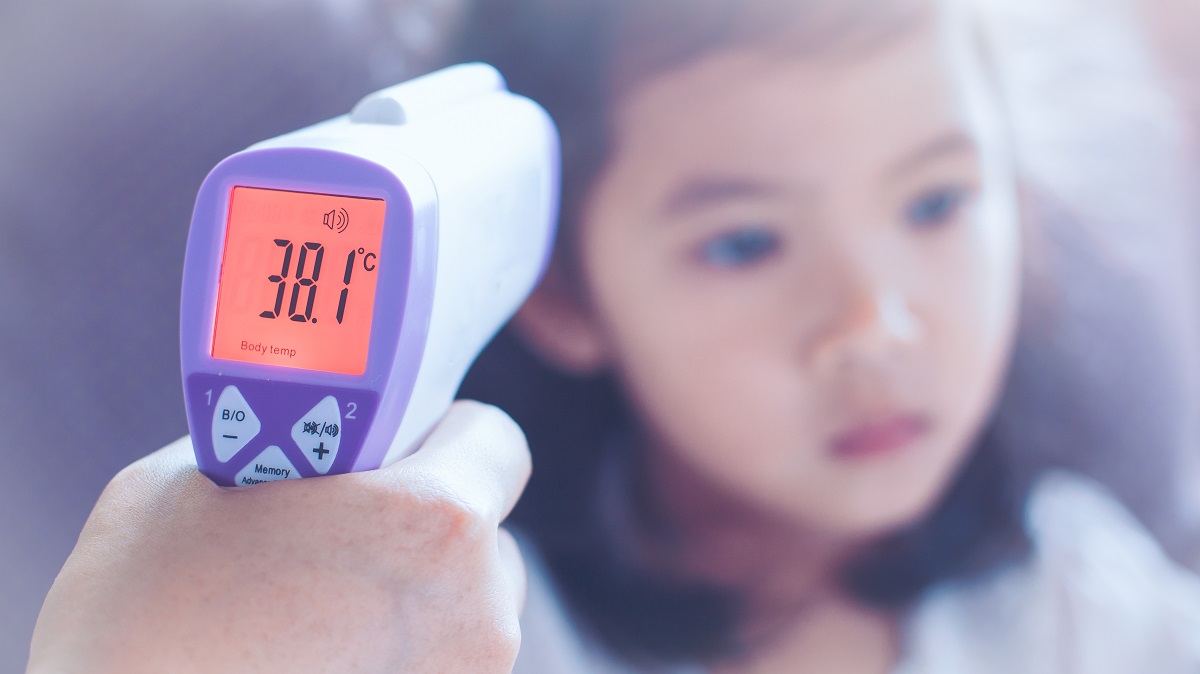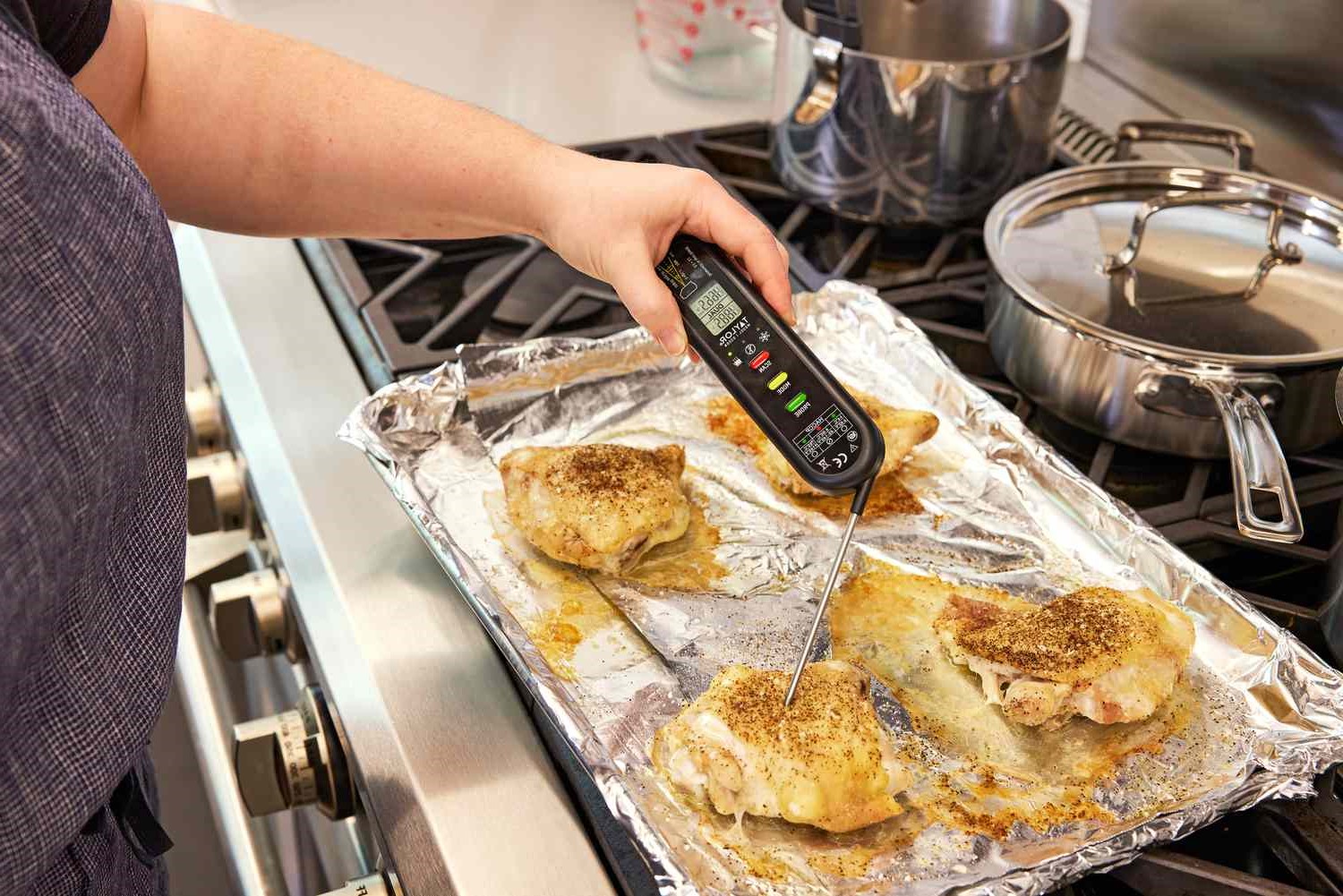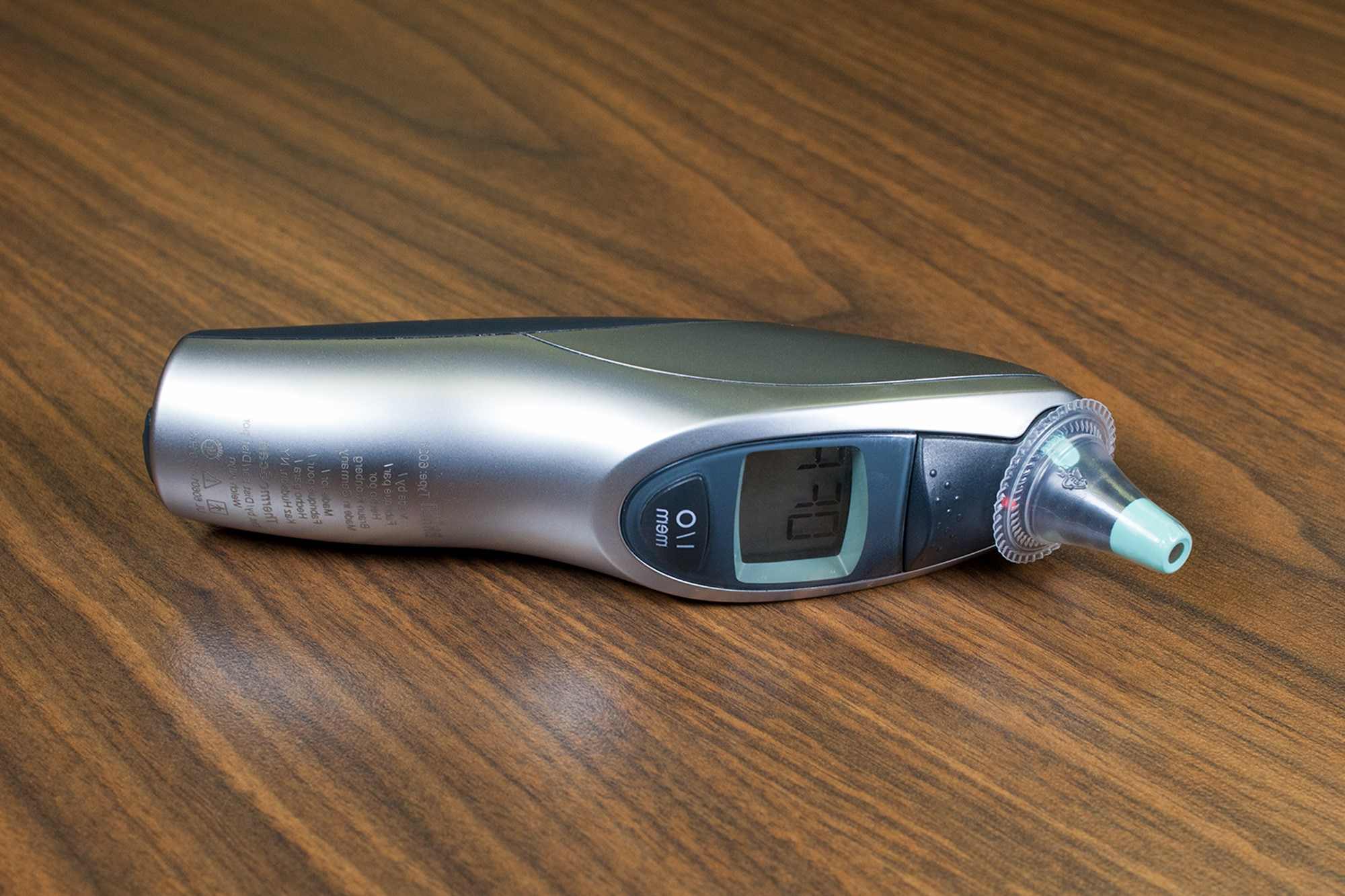Home>Health & Nutrition>Color-Coded Oral Thermometers: A Guide To Understanding Temperature Readings


Health & Nutrition
Color-Coded Oral Thermometers: A Guide To Understanding Temperature Readings
Published: March 4, 2024
Learn how color-coded oral thermometers can help you understand temperature readings and monitor your health and nutrition effectively. Discover the benefits of using these thermometers for accurate temperature measurement.
(Many of the links in this article redirect to a specific reviewed product. Your purchase of these products through affiliate links helps to generate commission for Temperatures.com, at no extra cost. Learn more)
Table of Contents
Introduction
In the realm of health and wellness, monitoring body temperature is a fundamental aspect of assessing one's well-being. Whether it's to gauge the presence of a fever or to ensure that a fever is subsiding, the accuracy of temperature readings is paramount. To this end, color-coded oral thermometers have emerged as a user-friendly and reliable tool for individuals and healthcare professionals alike.
Understanding the significance of body temperature is essential. It serves as a vital indicator of the body's internal state, reflecting its ability to regulate and maintain optimal functioning. When the body is combating an infection or illness, it often responds by elevating its temperature, resulting in a fever. Conversely, a lower-than-normal temperature may signal an underlying health concern. As such, having a dependable method for measuring and interpreting temperature readings is crucial for timely and effective intervention.
Color-coded oral thermometers offer a practical and intuitive approach to temperature monitoring. By employing a color-based system to convey temperature readings, these thermometers simplify the process of interpretation, making it accessible to individuals of all ages. This innovative design not only enhances user experience but also reduces the likelihood of misinterpreting crucial temperature data.
In this comprehensive guide, we will delve into the inner workings of color-coded oral thermometers, explore the nuances of interpreting temperature readings, and highlight the myriad benefits of incorporating these thermometers into daily health management. Additionally, we will provide valuable insights and tips for ensuring accurate temperature readings, empowering individuals to make informed decisions regarding their health and well-being.
Join us on this enlightening journey as we unravel the intricacies of color-coded oral thermometers and equip ourselves with the knowledge to navigate the realm of temperature monitoring with confidence and precision.
How Color-Coded Oral Thermometers Work
Color-coded oral thermometers operate on a simple yet ingenious principle, leveraging the intuitive nature of color to convey temperature readings effectively. These thermometers are equipped with a digital display and a color-specific indicator, typically located at the tip or base of the device. The color-coding system corresponds to different temperature ranges, allowing users to discern temperature levels at a glance.
Upon placing the thermometer under the tongue, the sensor swiftly captures the body's temperature and processes the data. The digital display promptly showcases the temperature reading, accompanied by the corresponding color illumination. Each color represents a distinct temperature range, enabling users to identify whether the reading falls within the normal, elevated, or fever range.
The color-coded system typically follows a gradient, with green denoting a normal temperature, yellow indicating a mild elevation, and red signaling the presence of a fever. This intuitive design empowers individuals to swiftly assess their temperature status without the need for complex numerical interpretation.
Furthermore, color-coded oral thermometers often incorporate additional features such as audible alerts or flashing indicators to draw attention to critical temperature levels. This proactive approach ensures that users are promptly alerted to significant changes in temperature, prompting them to take necessary actions such as seeking medical advice or administering appropriate interventions.
In essence, the functionality of color-coded oral thermometers revolves around simplifying the process of temperature assessment. By amalgamating advanced temperature-sensing technology with user-friendly color indicators, these thermometers offer a seamless and accessible means of monitoring body temperature. This innovative approach not only enhances user experience but also fosters greater confidence in interpreting temperature readings accurately.
The integration of color-coded visual cues with precise digital measurements exemplifies the synergy between technology and user-centric design, culminating in a reliable and user-friendly tool for temperature monitoring. As we delve deeper into the realm of color-coded oral thermometers, we gain a profound appreciation for their efficacy in simplifying the intricacies of temperature assessment, thereby empowering individuals to prioritize their health with ease and confidence.
Interpreting Temperature Readings
Interpreting temperature readings is a pivotal aspect of utilizing color-coded oral thermometers effectively. The color-based system employed by these thermometers simplifies the process of understanding temperature levels, enabling users to discern their body's status with ease and precision.
When using a color-coded oral thermometer, it is essential to pay close attention to the displayed color alongside the numerical temperature reading. Each color corresponds to a specific temperature range, providing valuable insights into the body's condition.
The green color typically signifies a normal temperature range, indicating that the body's internal environment is within the expected parameters. This serves as a reassuring indication of overall well-being and optimal physiological functioning.
In contrast, a yellow color alert signifies a mild elevation in temperature, prompting individuals to remain vigilant and monitor any potential changes in their health. While a mild elevation may not necessarily indicate a fever, it warrants attention and may necessitate proactive measures such as rest and hydration.
The red color, often associated with fever, serves as a critical indicator of heightened body temperature. This visual cue prompts individuals to take prompt action, such as seeking medical advice or implementing fever-reducing measures. It is important to note that a fever is the body's natural response to an underlying illness or infection, and timely intervention is crucial for managing the condition effectively.
By incorporating color-coded visual cues alongside numerical temperature readings, these thermometers empower individuals to swiftly assess their body's temperature status and make informed decisions regarding their health. This intuitive approach not only enhances user experience but also minimizes the likelihood of misinterpreting temperature data, fostering greater confidence in managing one's well-being.
In essence, interpreting temperature readings with color-coded oral thermometers transcends mere numerical analysis, embracing a holistic and user-friendly approach to temperature assessment. This seamless integration of advanced technology and intuitive design principles equips individuals with the knowledge and confidence to navigate the realm of temperature monitoring with clarity and precision.
Benefits of Using Color-Coded Oral Thermometers
Color-coded oral thermometers offer a myriad of benefits that significantly enhance the process of temperature monitoring and contribute to informed health management. These benefits extend to individuals of all ages, from parents caring for young children to healthcare professionals requiring accurate and efficient temperature assessment. Let's delve into the compelling advantages of incorporating color-coded oral thermometers into daily health practices.
1. Intuitive Interpretation:
The foremost benefit of color-coded oral thermometers lies in their intuitive interpretation of temperature readings. By associating distinct colors with specific temperature ranges, these thermometers eliminate the need for complex numerical analysis, making it accessible to individuals with varying levels of health literacy. This intuitive approach fosters greater confidence in interpreting temperature data accurately, empowering users to make informed decisions regarding their health.
2. User-Friendly Design:
The user-centric design of color-coded oral thermometers ensures a seamless and user-friendly experience. The incorporation of color-based visual cues alongside digital temperature readings simplifies the process of temperature assessment, catering to individuals who may find traditional thermometers challenging to interpret. This user-friendly design promotes inclusivity and accessibility, enabling individuals of all ages to monitor their body temperature with ease.
3. Timely Intervention:
The color-coded system employed by these thermometers facilitates timely intervention in response to temperature fluctuations. By swiftly identifying temperature levels through color indicators, individuals can promptly address elevated temperatures, such as implementing fever-reducing measures or seeking medical advice. This proactive approach to temperature monitoring enhances the efficacy of health interventions, contributing to timely and effective management of febrile conditions.
4. Enhanced Confidence:
Utilizing color-coded oral thermometers instills a sense of confidence in individuals and caregivers, fostering a proactive approach to health management. The clear and immediate visual cues provided by the color-coded system alleviate uncertainty and anxiety associated with interpreting temperature readings, empowering users to respond decisively to changes in body temperature. This heightened confidence is particularly valuable in caring for children and vulnerable individuals, where accurate temperature assessment is paramount.
5. Educational Tool:
Color-coded oral thermometers serve as an educational tool, facilitating discussions about temperature monitoring and health maintenance. By simplifying the process of interpreting temperature readings, these thermometers enable individuals to engage in meaningful conversations about fever management, the significance of temperature fluctuations, and the appropriate actions to take based on the color-coded indicators. This educational aspect fosters greater health literacy and empowers individuals to take an active role in their well-being.
In essence, the benefits of using color-coded oral thermometers extend beyond mere temperature assessment, encompassing intuitive interpretation, user-friendly design, proactive intervention, enhanced confidence, and educational value. By embracing these advantages, individuals and caregivers can navigate the realm of temperature monitoring with clarity, precision, and confidence, ultimately contributing to proactive health management and well-being.
Tips for Accurate Temperature Readings
Ensuring accurate temperature readings is paramount for effective health management. When utilizing color-coded oral thermometers, several tips can optimize the accuracy of temperature assessment, empowering individuals to make informed decisions regarding their well-being.
-
Proper Placement: When using a color-coded oral thermometer, ensure proper placement under the tongue for an accurate reading. The sensor should be positioned towards the back of the mouth, under the tongue, to capture the body's temperature effectively. Encourage individuals, especially children, to keep their mouths closed during the reading to prevent external influences on the temperature measurement.
-
Avoiding Food and Drink: To obtain precise temperature readings, individuals should refrain from consuming hot or cold food and beverages immediately before using the thermometer. Ingesting hot or cold substances can temporarily affect the oral temperature, potentially leading to inaccurate readings. Waiting for at least 15 minutes after eating or drinking before taking a temperature reading is advisable.
-
Rest Period: Prior to using a color-coded oral thermometer, it is beneficial to ensure that the individual has not engaged in vigorous physical activity or been exposed to extreme environmental conditions, as these factors can influence body temperature. A brief rest period of 10-15 minutes in a comfortable environment can help stabilize the body's temperature, contributing to more accurate readings.
-
Consistent Usage: Consistency in the usage of the thermometer is essential for tracking temperature trends effectively. Encourage individuals to use the same color-coded oral thermometer for consecutive readings to maintain consistency and facilitate comparison of temperature data over time. Additionally, following the manufacturer's guidelines for thermometer usage and maintenance is crucial for reliable and accurate readings.
-
Record Keeping: Keeping a record of temperature readings, along with the corresponding color indicators, can provide valuable insights into temperature trends and variations. Maintaining a temperature log, especially during periods of illness or recovery, enables individuals and healthcare providers to monitor changes in temperature and assess the effectiveness of interventions.
-
Calibration Check: Periodically checking the calibration of the color-coded oral thermometer ensures its accuracy. Following the manufacturer's recommendations for calibration verification or seeking professional calibration services can help maintain the thermometer's precision, contributing to reliable temperature readings.
By adhering to these tips for accurate temperature readings, individuals can optimize the effectiveness of color-coded oral thermometers in monitoring body temperature. These proactive measures not only enhance the reliability of temperature assessment but also empower individuals to take a proactive approach to their health and well-being.
Incorporating these tips into daily temperature monitoring practices fosters greater confidence in interpreting temperature data accurately, ultimately contributing to informed decision-making and proactive health management.
Conclusion
In conclusion, color-coded oral thermometers represent a significant advancement in the realm of temperature monitoring, offering a seamless fusion of advanced technology and user-centric design. The intuitive interpretation of temperature readings through color-based visual cues transcends traditional numerical analysis, empowering individuals to assess their body's temperature status with clarity and confidence.
The benefits of using color-coded oral thermometers extend beyond mere temperature assessment, encompassing intuitive interpretation, user-friendly design, proactive intervention, enhanced confidence, and educational value. By embracing these advantages, individuals and caregivers can navigate the realm of temperature monitoring with precision, ultimately contributing to proactive health management and well-being.
The user-friendly nature of color-coded oral thermometers makes them accessible to individuals of all ages, fostering inclusivity and empowering individuals to take an active role in their health maintenance. Whether it's parents monitoring their children's temperature or individuals managing their own well-being, the intuitive design of these thermometers simplifies the process of temperature assessment, fostering greater health literacy and informed decision-making.
Furthermore, the integration of color-coded visual cues with precise digital measurements exemplifies the synergy between technology and user-centric design, culminating in a reliable and user-friendly tool for temperature monitoring. This innovative approach not only enhances user experience but also minimizes the likelihood of misinterpreting temperature data, fostering greater confidence in managing one's well-being.
As we navigate the complexities of health and wellness, the adoption of color-coded oral thermometers emerges as a pivotal step towards proactive health management. By simplifying the intricacies of temperature assessment and interpretation, these thermometers empower individuals to prioritize their health with ease and confidence, ultimately contributing to a proactive and informed approach to well-being.
In essence, the journey through the realm of color-coded oral thermometers unveils a profound appreciation for their efficacy in simplifying temperature assessment, fostering greater health literacy, and empowering individuals to make informed decisions regarding their well-being. As we embrace the intuitive design and compelling benefits of color-coded oral thermometers, we embark on a path towards proactive health management and well-being, guided by clarity, confidence, and informed decision-making.
